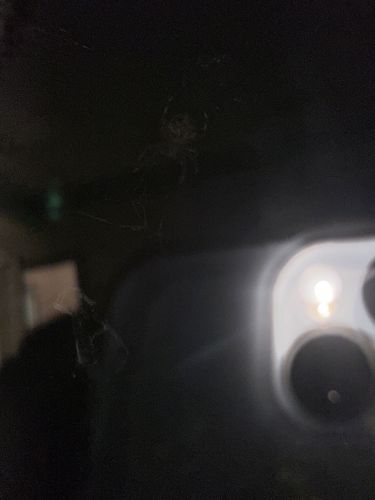Common House Spider
Scientific Name: Parasteatoda tepidariorum
Order & Family: Araneae, Theridiidae
Size: Females typically range from 3-7 mm in body length; males are smaller, about 2.5-4 mm. Leg span can be significantly larger.

Natural Habitat
Commonly found in and around human dwellings, including basements, attics, garages, and window frames. They prefer dark, undisturbed areas to build their irregular, tangled webs.
Diet & Feeding
Insectivorous. They primarily feed on a variety of household insects and other small arthropods that get ensnared in their webs, such as flies, mosquitoes, ants, and sometimes other spiders.
Behavior Patterns
Nocturnal. They are known for building messy, irregular, three-dimensional webs, often referred to as 'cobwebs'. They are generally sedentary, spending most of their time in or near their web, waiting for prey. When prey is caught, they quickly wrap it in silk before biting. Females will lay eggs in a spherical silk sac, which they typically suspend within their web.
Risks & Benefits
Potential Risks: Their bite is generally harmless to humans, often resulting in minor localized pain, redness, and swelling, similar to a bee sting. Allergic reactions are rare but possible. They are not considered medically significant. Benefits: They serve as natural pest control agents, helping to reduce populations of nuisance insects within homes and other structures.
Identified on: 9/10/2025